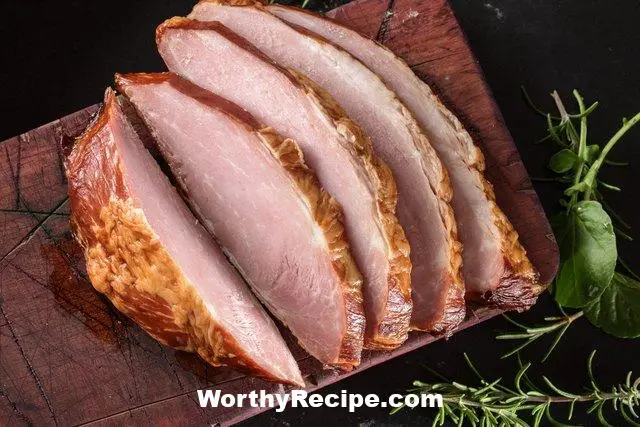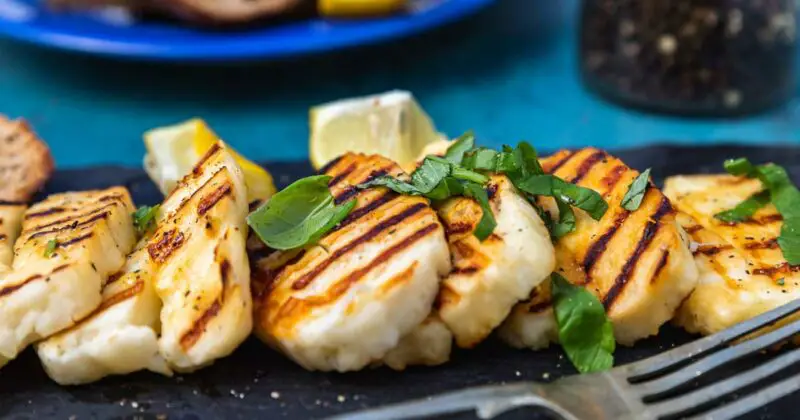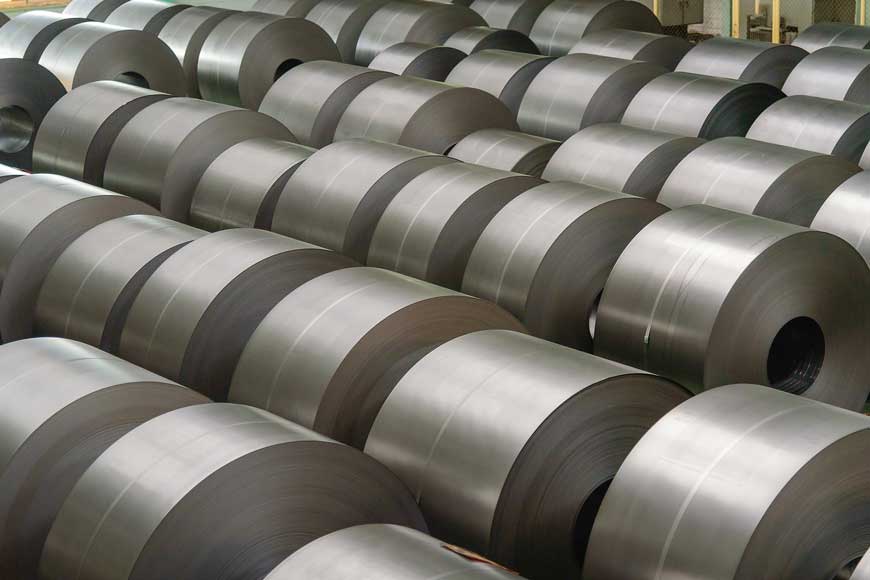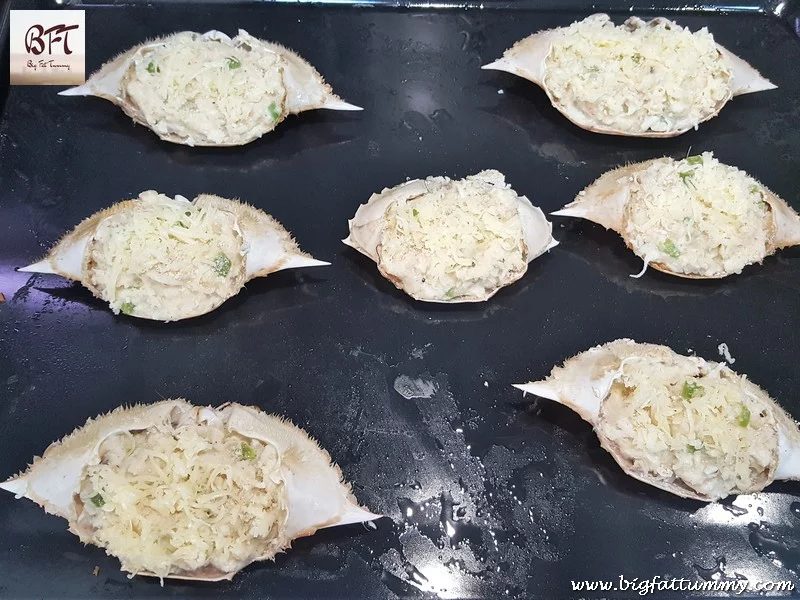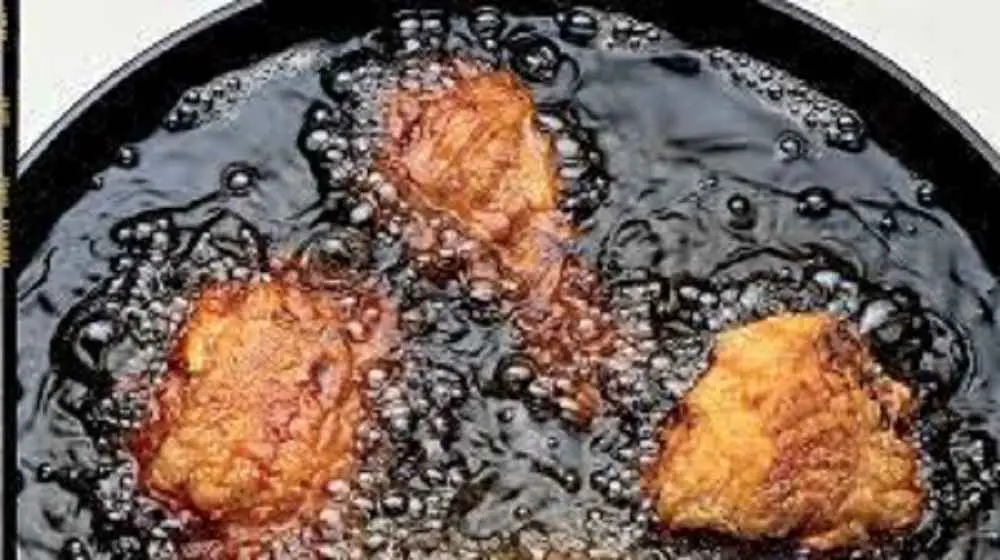How Long Does it Take to Cook a Ham in a Convection Oven?
Introduction
Cooking ham is a classic dish that can require some patience and attention to detail. There are different types of ham available such as bone-in or boneless, spiral-cut, etc., with different cooking instructions for each one. Using a convection oven rather than a conventional oven can be beneficial as it ensures even heat distribution and faster cooking times, resulting in juicier and more flavorful meat.
This article will give an overview of what a convection oven is and how it works. We will also cover different types of hams, seasoning options, preparation techniques, how long to bake ham in the convection oven, and when to glaze and rest your ham before serving. Lastly, we will talk about what to do with your leftovers after the feast is over.
What is a Convection Oven?
A convection oven is similar to a regular oven but has an additional fan that circulates hot air around the food. This feature allows food to cook more evenly and at a quicker pace than in traditional ovens since it eliminates the hottest spots created by the heat source and creates uniform temperature throughout.
Not only does this enable you to cook your favorite dishes faster, but also more evenly. When baking a ham in a convection oven, it reduces the need for flipping or rotating meat items like you would have done in traditional ovens
Types of Hams:
– Bone-in Hams: This means the meat still has the bone in it. They tend to be larger cuts of meat that are perfect for family gatherings or entertaining.
– Boneless Hams: The bone has been removed from these hams making them easier to prepare and carve.
– Spiral-Cut Hams: The ham is sliced into spirals around the bone making it easy to serve and prepare.
Preparing Your Ham for Cooking:
You need to do a few things to ensure your ham is ready for cooking.
– Take your ham out of the refrigerator or freezer as soon as possible, giving it time to temper. Most hams will recommend you remove them from the fridge 60 minutes before cooking.
– Remove packaging from the ham and drain any fluid inside.
– Use a sharp knife to score the ham’s fat nicely, using a crisscross pattern.
– Pat dry and bring your ham to room temperature.
Seasoning Your Ham:
Seasoning options for ham may vary but here are some ideas:
– Brown sugar, honey, or maple syrup glaze
– Herbed garlic butter rub
– Pineapple juice glaze
– Mustard and horseradish rub
Using these options, you can get creative with your flavor profile.
Cooking Your Ham in a Convection Oven:
The cooking times of ham depends on the types of ham you have and the size of it. But generally speaking, It would take about 12-15 minutes per pound (precooked weight) at 325°F in a convection oven.
But keep in mind that not all convection ovens operate at the same speed; therefore, you should use a probe thermometer regularly every 2 hours to check if your ham is cooked properly.
Remember to make adjustments when using a convection oven versus traditional ovens. Because convection ovens circulate hot air more efficiently, it results in faster cook times than usual.
When your thermometer reads 135°F at the center of the meat, you have achieved optimum doneness as well as ensuring food safety.
Tips for checking when the ham is done baking:
– Make sure you use a meat thermometer and stick it into the thickest part of the ham
– Use the color of the meat to determine if it’s cooked, a properly-cooked ham should have a pink color with some brown edges.
Glazing Your Ham:
There are different ways to glaze your ham:
– Use natural juices from cooking or blend the juice with sugar, honey, or maple syrup.
– Add some spices such as cloves, cinnamon, ginger
– Brush over the ham before baking in the oven.
– If adding food glazes that contain alcohol, you have to wait till the last 30 minutes before you add them.
The purpose of glazing your ham is to enhance its flavor and give it a beautiful crust. It’s best done about 20-30 minutes before your ham has finished cooking, remember not to open the oven so many times during this crucial time because we want to preserve optimal temperatures.
Resting Your Ham:
If you’re looking for juicy and flavorful slices, let your cooked ham rest outside of the oven for about 10-15 minutes before carving. To rest your ham correctly:
– Loosely cover it with foil
– Keep it away from drafty areas.
– Leave it on a plate with raised edges so liquid can drip off.
Resting enables all juices to redistribute throughout your meat and absorb deep into its fibers. This ensures more flavor-packed and succulent cuts that will captivate your family members and guests alike.
Carving and Serving Your Ham:
Now that your ham is properly cooked and rested It’s time to put those knives down and start serving some delicious slices.
Be cautious when carving since hams may be slippery due to all of the basting if you’d glazed them. For bone-in hams:
1. Make sure you stabilize them on a cutting board.
2. Take a sharp knife and cut slices about 1/4 inch thick.
3. Start from the thicker side of your ham and work your way towards the bone.
4. As you slice off pieces, lay them out on a platter or serving plate.
For Spiral cut hams:
Firstly, separate slices gently with your fingers, then slice out individual pieces with a long serrated knife.
Leftover Ham Ideas:
If you have leftover ham, it’s an excellent ingredient to use in lots of recipes such as:
- Soft Scrambled Eggs with Ham
- Savory Cheese & Ham Thumbprint Cookies
- Hawaiian Fried Rice with Ham
- Hearty Lentil Soup with Ham
- Classic Ham and Cheese Sandwiches (add some mustard or mayo)
Conclusion:
Cooking ham in a convection oven cooks it more evenly, precisely, juicy, and flavorful than a traditional oven. Remember when preparing your ham make sure to thaw or temper it beforehand, trim unnecessary fat where possible, spice it according to your liking, cook at 325°F for around 12-15 minutes per pound monitoring the internal temperature using a meat thermometer every 2 hours till you reach between 130-140°F.
Glazing is best done towards the end of cooking, while carving make sure to take precaution while slicing and serving. Finally, get creative with your leftovers by making delicious meals like cheesy sandwiches, fried rice, soups, savory cookies and eggs. ### How do I know when my ham is fully cooked in a convection oven?
When cooking a ham in a convection oven, the internal temperature should reach 140°F for fully cooked hams and 160°F for raw hams. Use a meat thermometer to check the temperature at the thickest part of the ham. Once it reaches the desired temperature, remove it from the oven, cover it with foil, and let it rest for about 15 minutes before serving.
### Do I need to baste my ham while cooking in a convection oven?
No, you do not need to baste your ham while cooking in a convection oven. The hot air circulating around the ham will help cook and brown it evenly, eliminating the need for basting. However, you can brush on a glaze during the last 15-30 minutes of cooking for added flavor and shine.
### Can I cook a frozen ham in a convection oven?
Yes, you can cook a frozen ham in a convection oven, but it will take longer to cook than a thawed one. To ensure even cooking and prevent bacterial growth, it’s best to thaw the ham before cooking. If you must cook it frozen, add about 50% extra cooking time and use a meat thermometer to check the internal temperature regularly.
### What types of hams are best cooked in a convection oven?
All types of ham can be cooked in a convection oven – from whole or sliced bone-in hams to boneless and spiral-cut hams. However, boneless and spiral-cut hams tend to cook faster due to their shape and size. Remember to adjust your cooking time depending on the weight of your ham and whether it’s fully cooked or raw.
